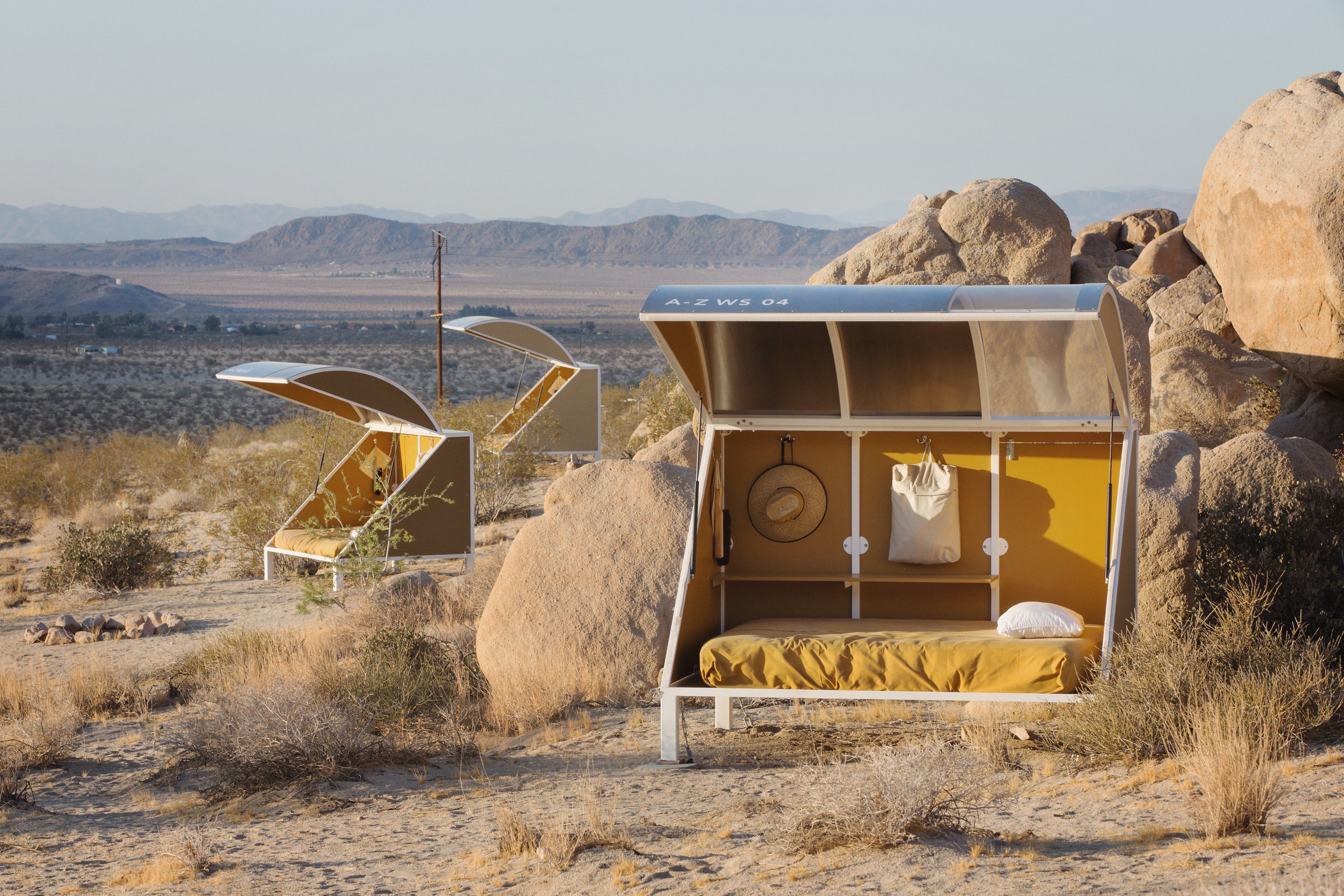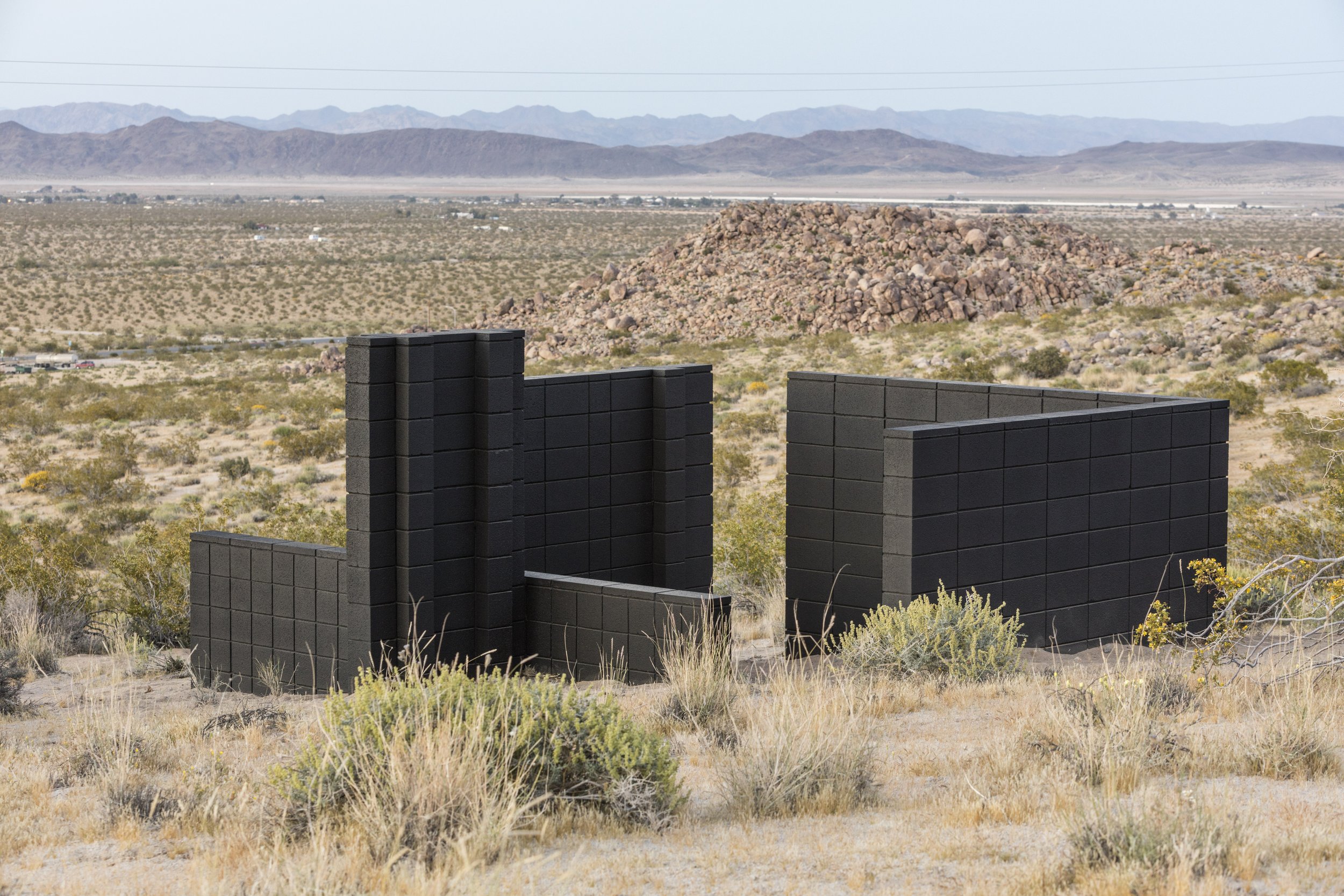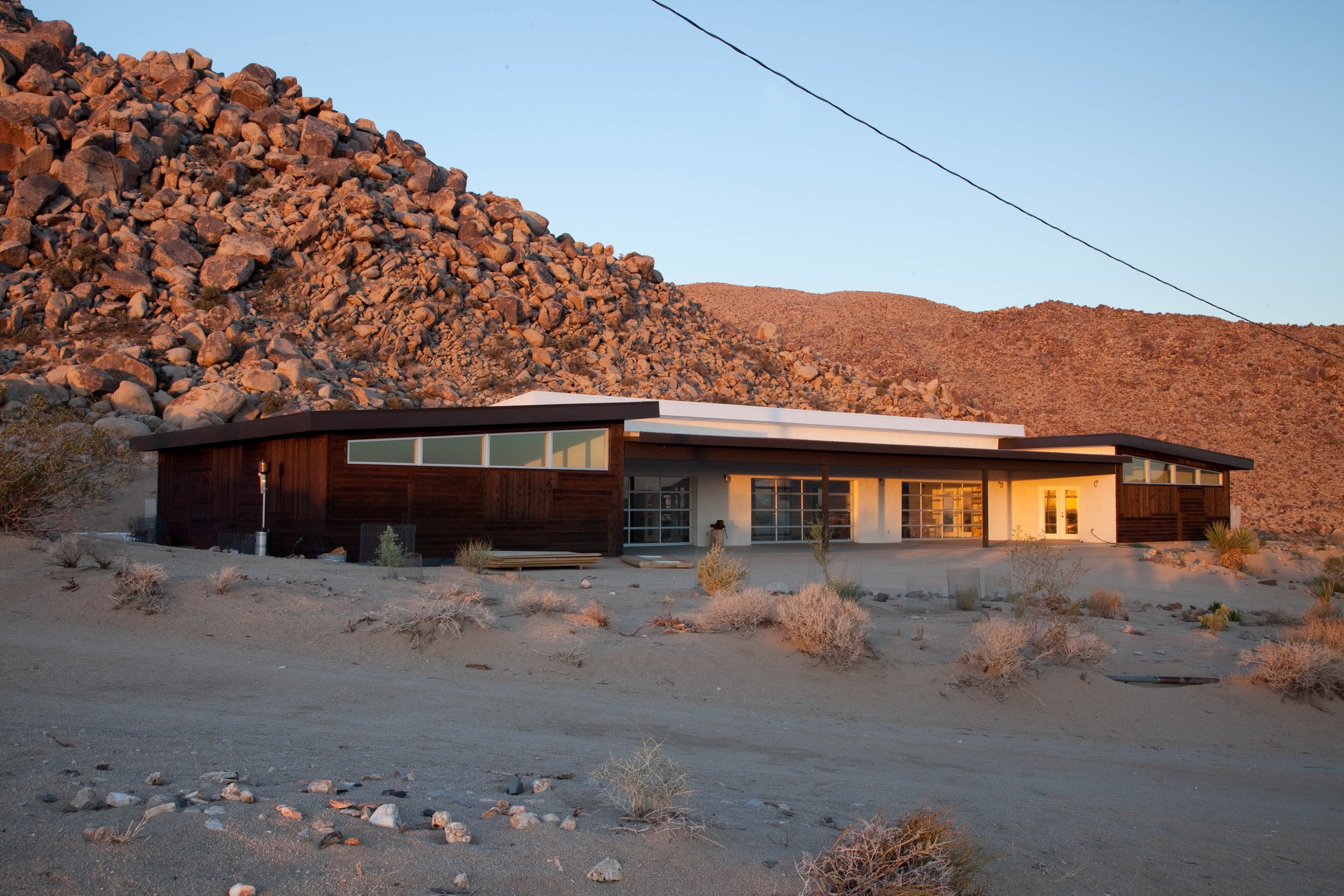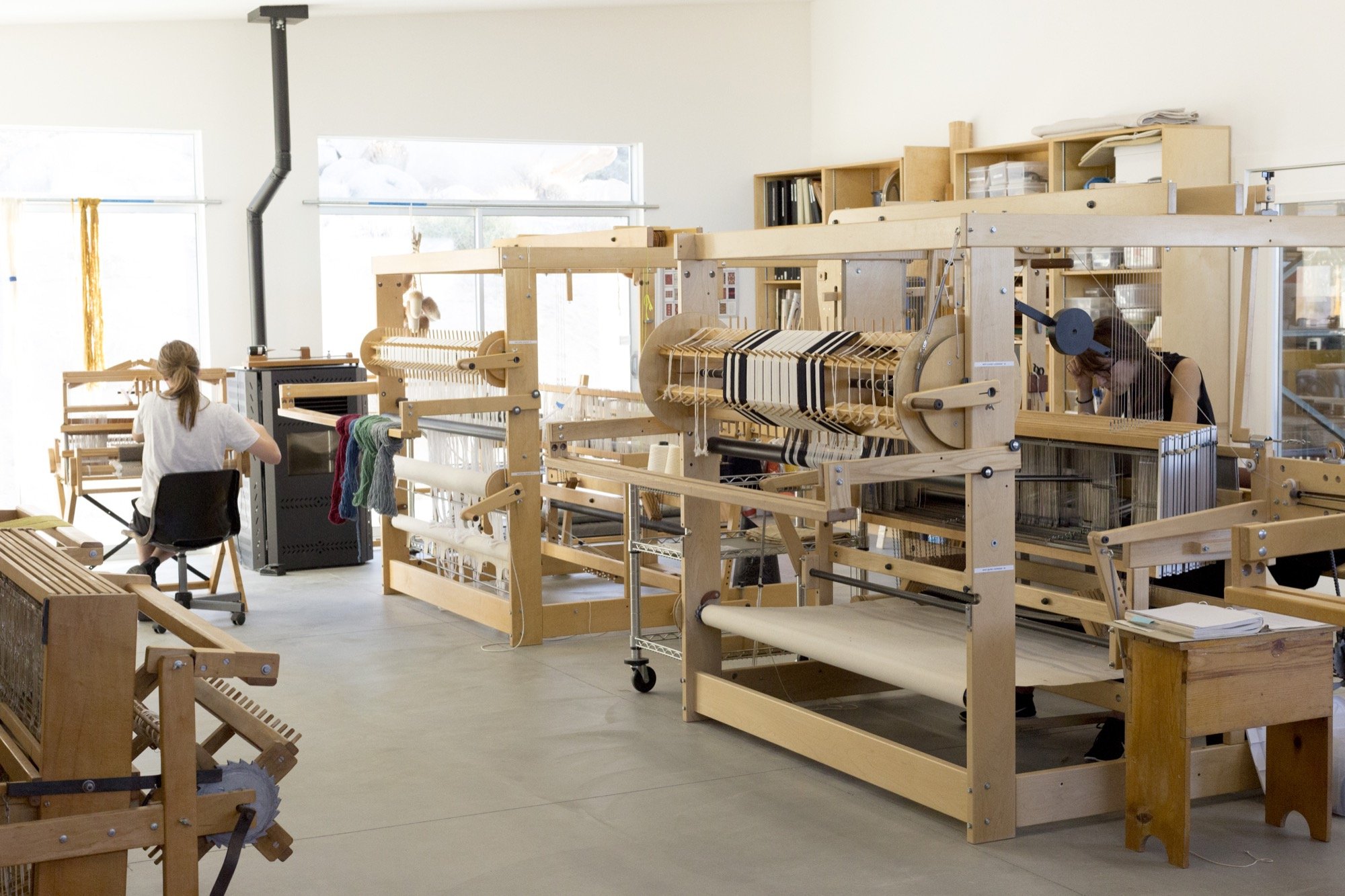In 1971, artists Gordon Matta-Clark, Carol Goodden, and Tina Girouard opened FOOD, a landmark New York restaurant on the corner of Prince and Wooster Streets in SoHo. In the urban wilds of a not-yet-fully developed or gentrified Lower Manhattan of the early ‘70s, FOOD was a revolutionary laboratory for fresh sustainable cooking and unusual culinary collaborations. Artists like Robert Rauschenberg and John Cage created meals at FOOD. Although never realized, Mark di Suvero had plans to serve dishes through the windows via a crane—he would then instruct diners to eat with tools such as hammers and screwdrivers. As a hub for young artists in the nascency of their careers, the menu was affordable and simple, which created a unique atmosphere of camaraderie and community. Although FOOD, in its original incarnation, only lasted three years, the restaurant became a fabled institution and paradigmatic lesson for the possibility of food at the intersection of art.
Originally published in Autre’s Biodiversity Issue, FW 2021












